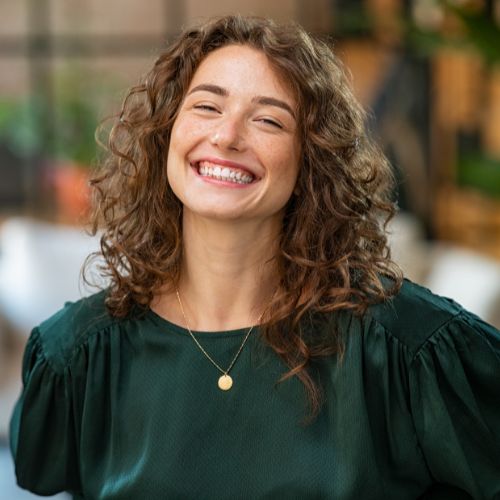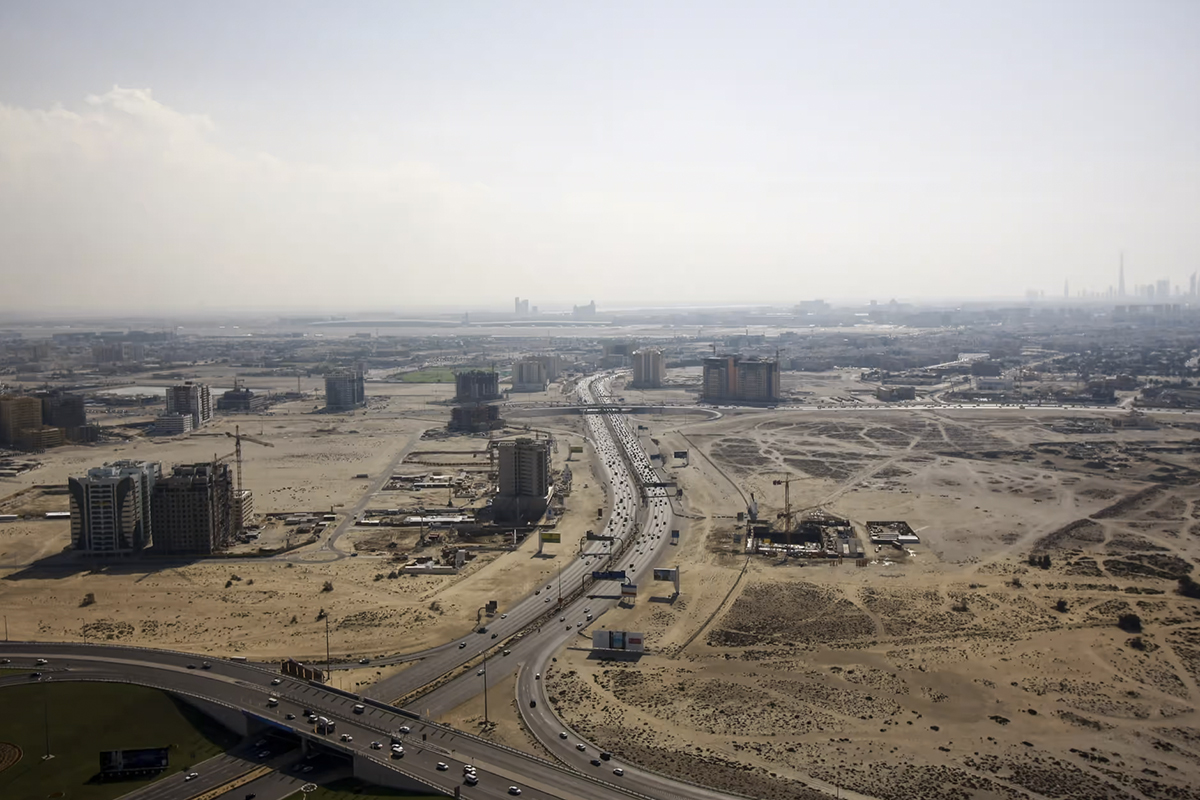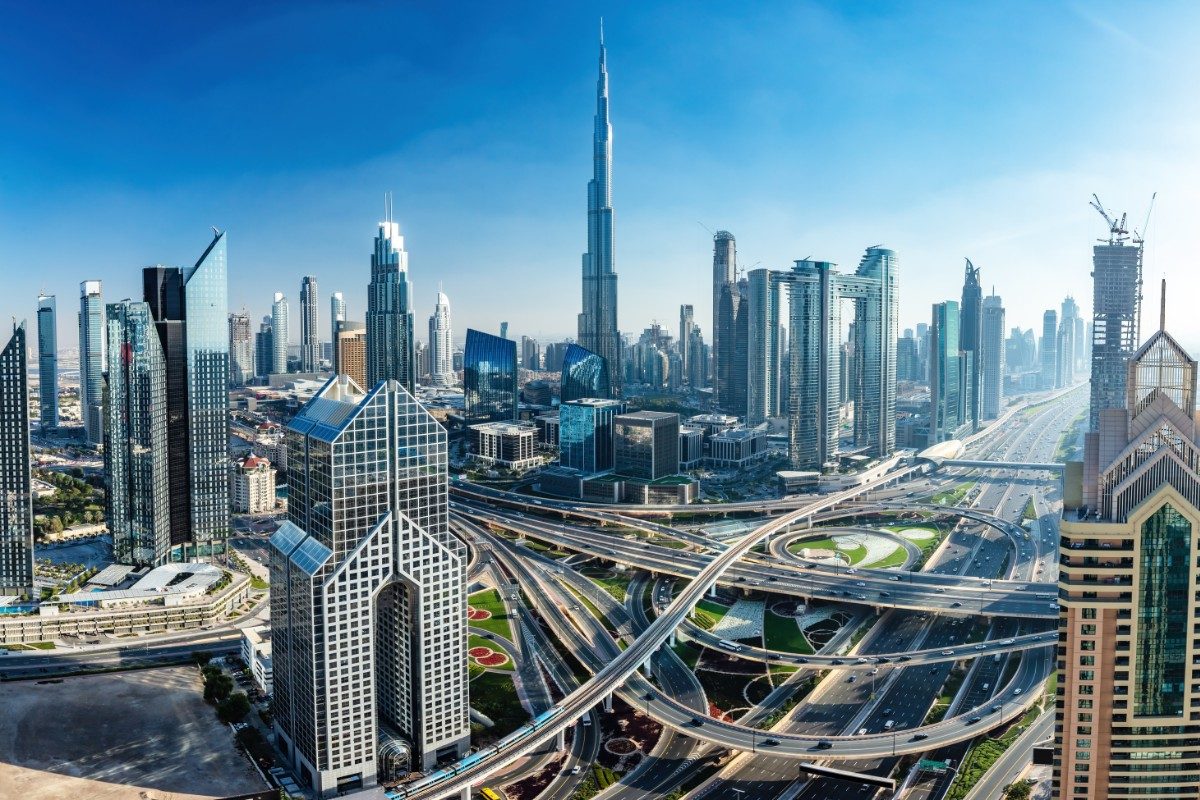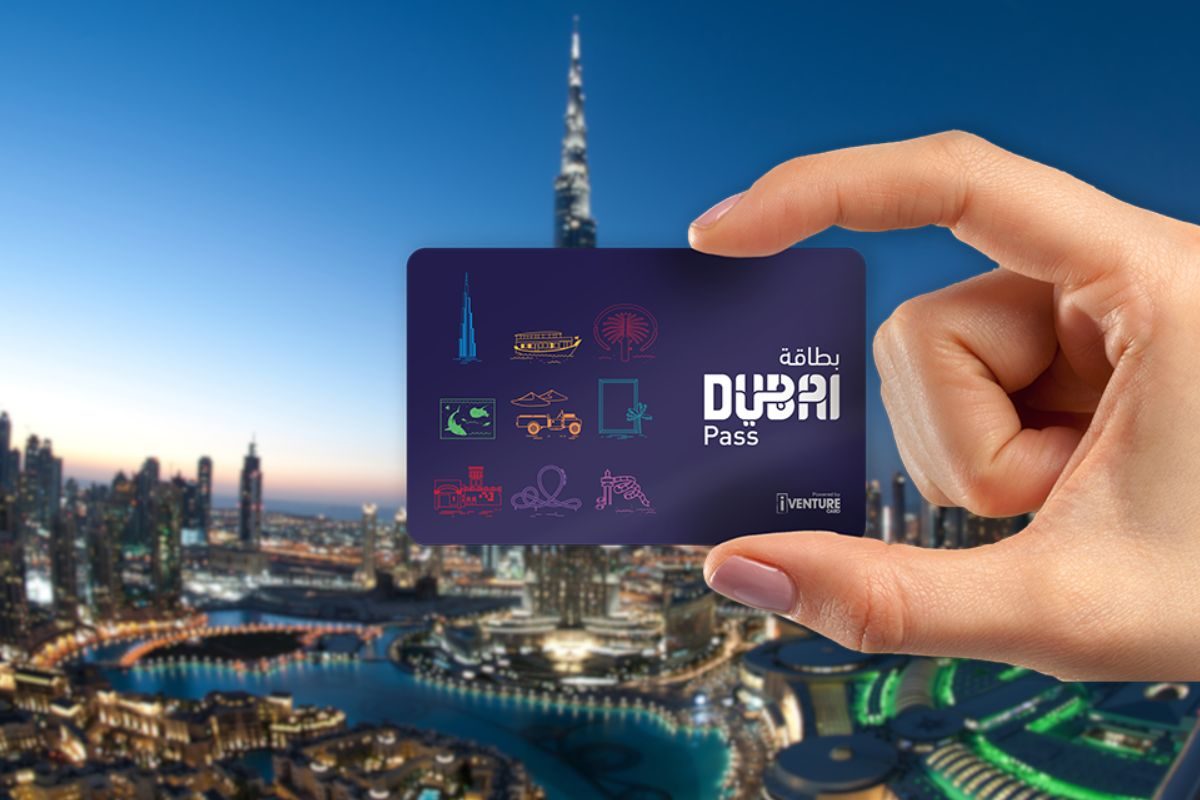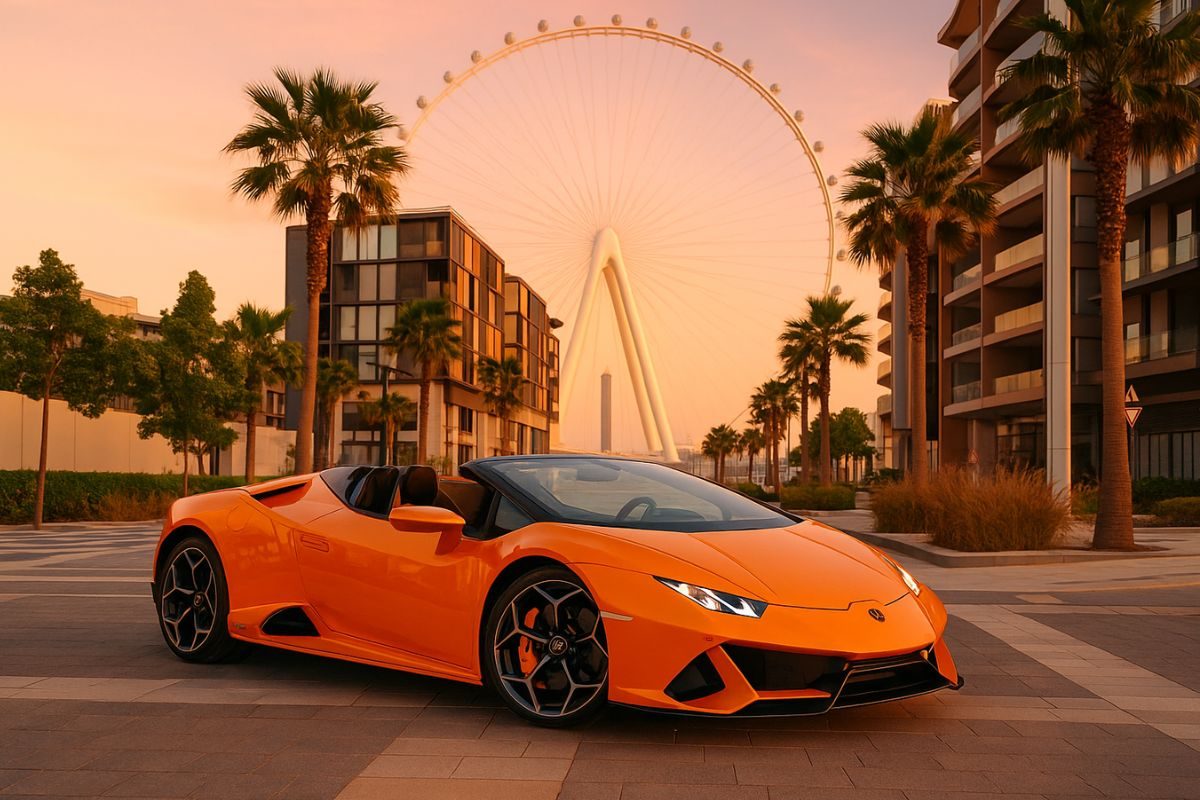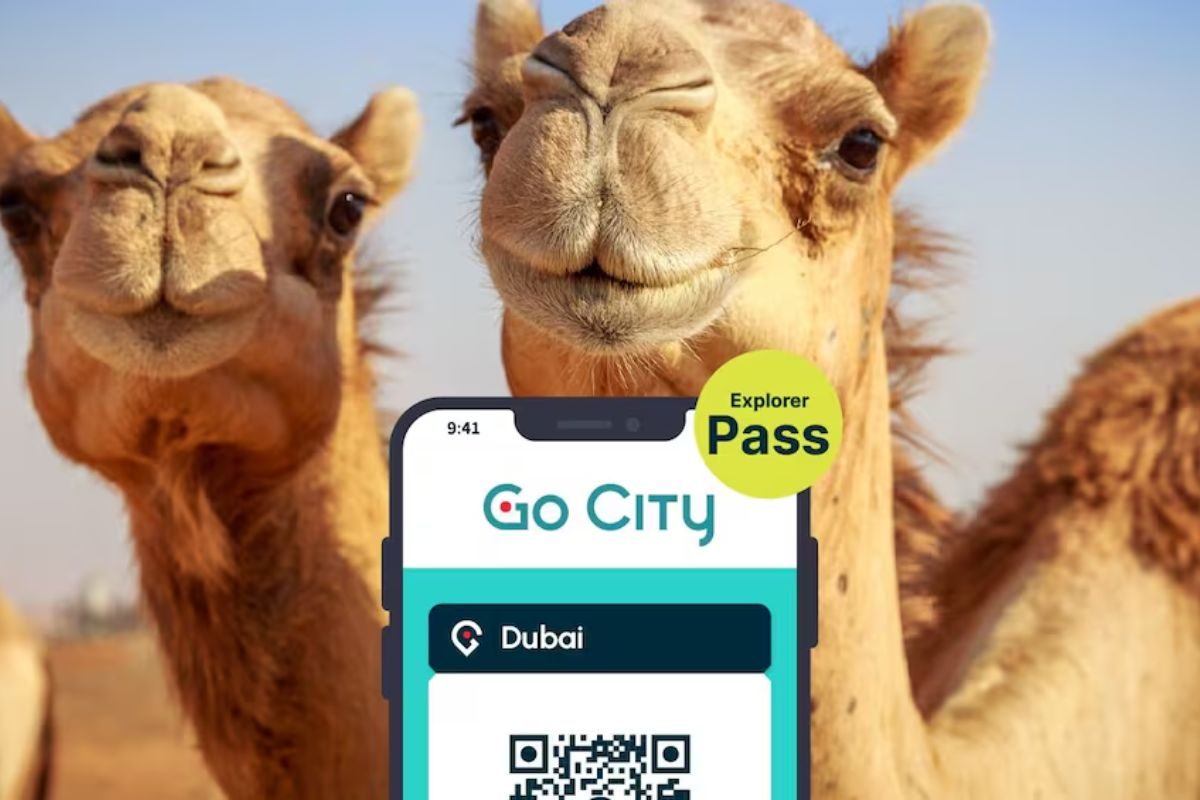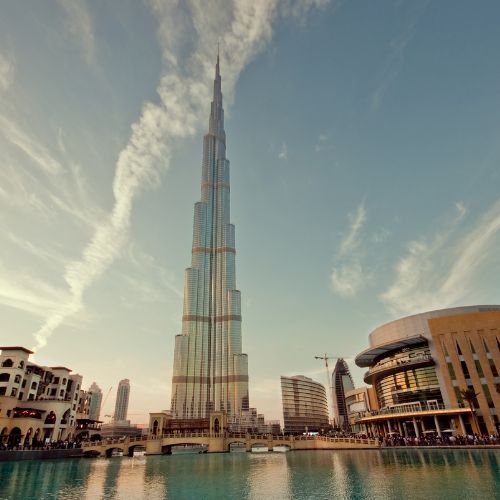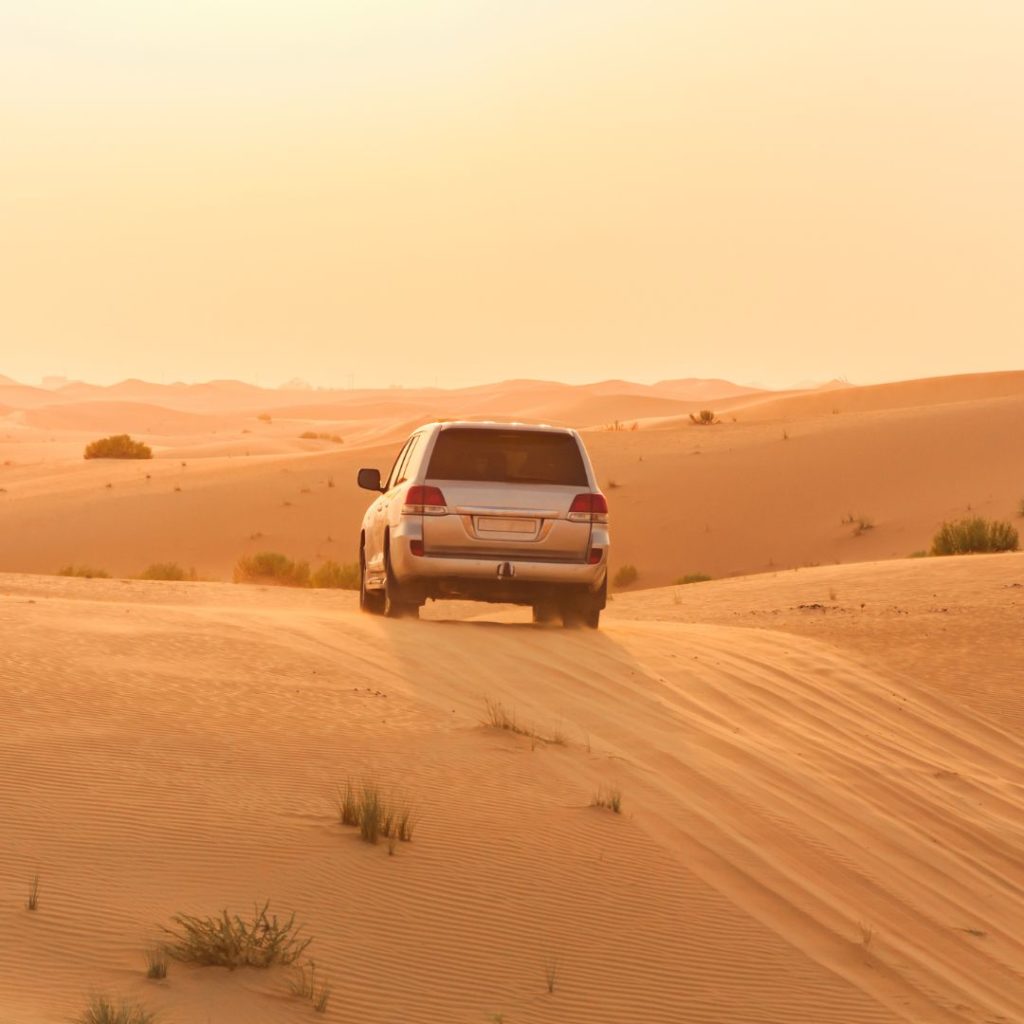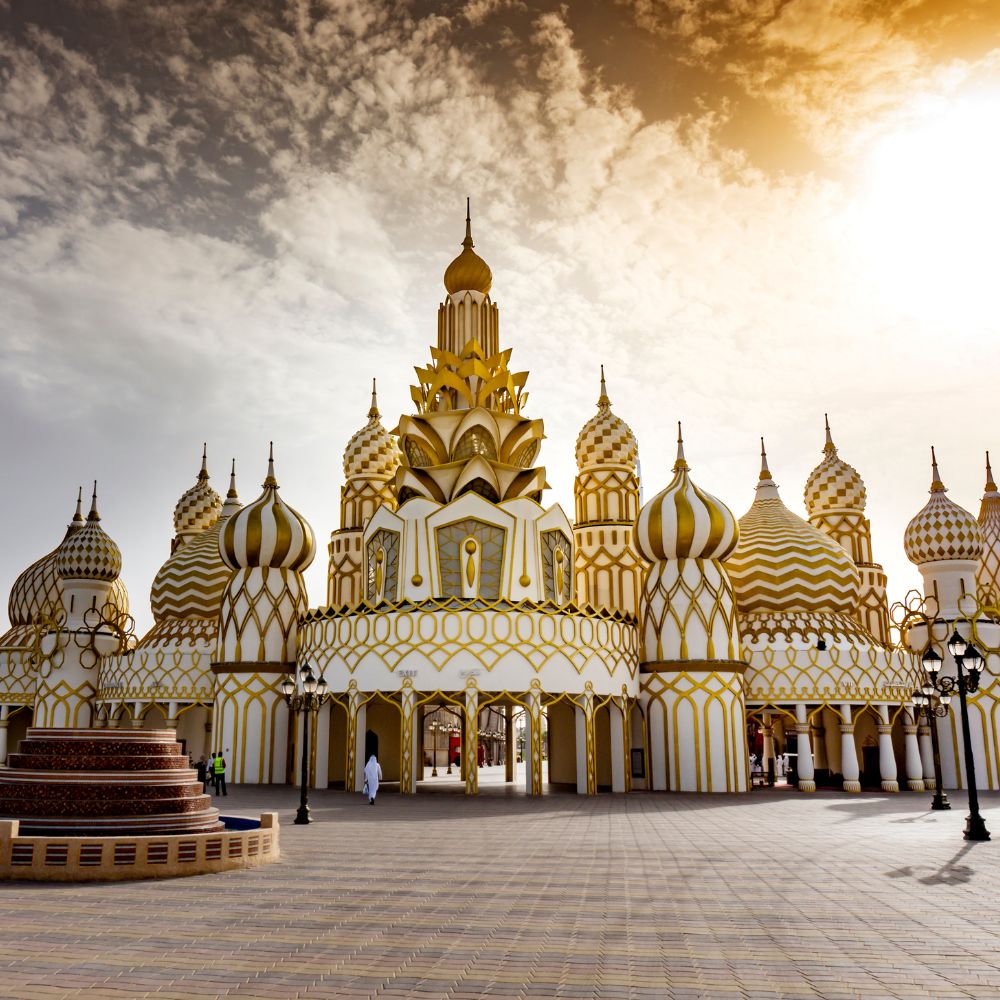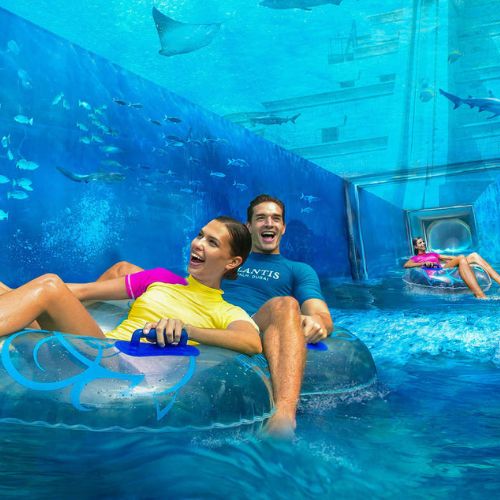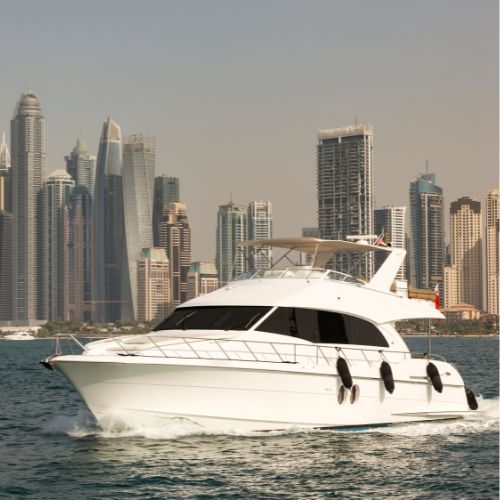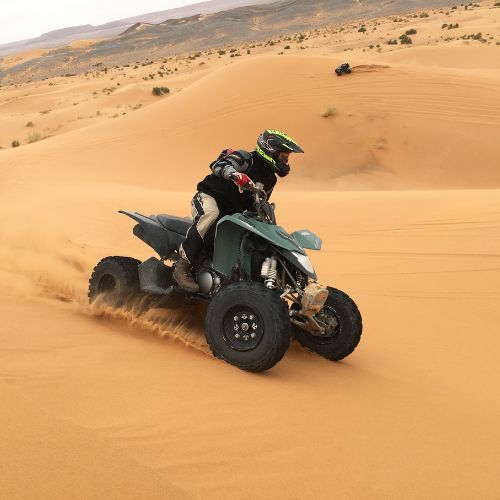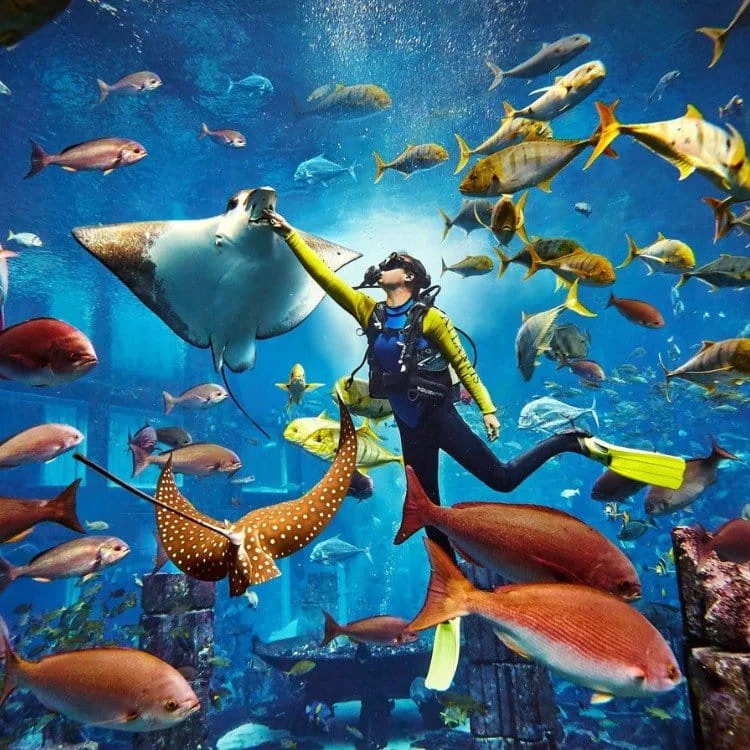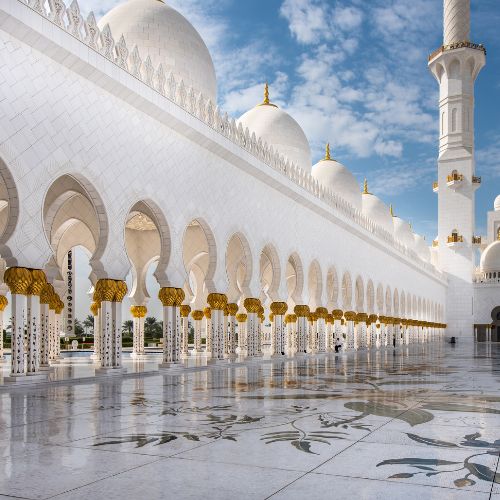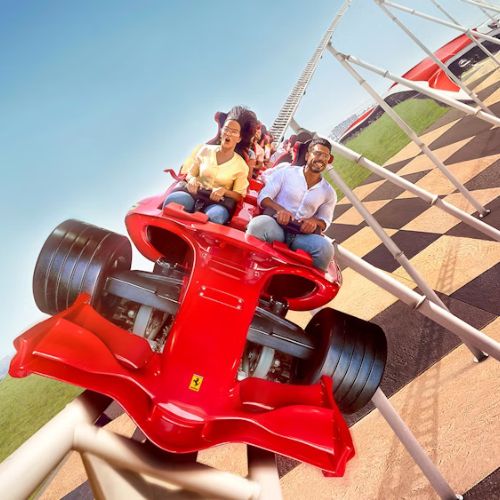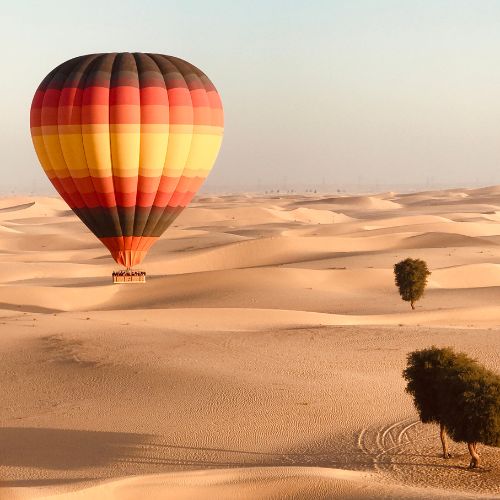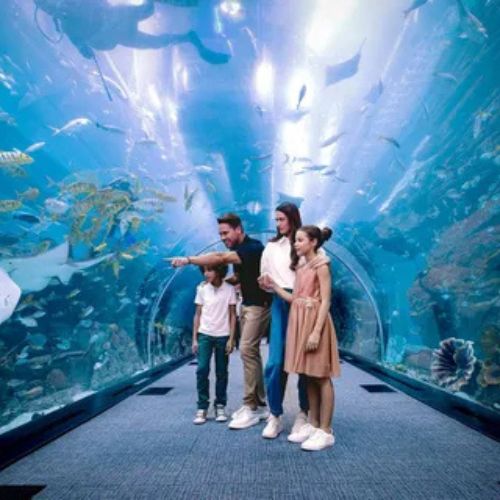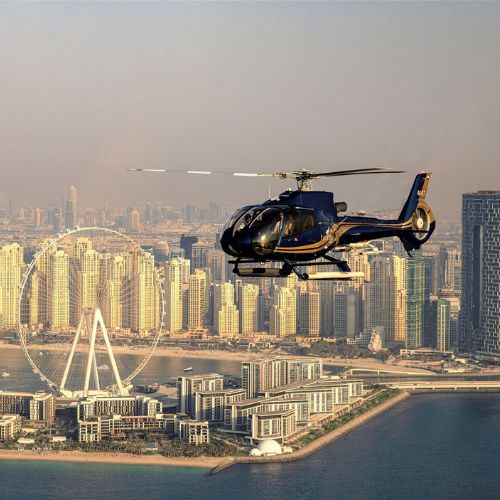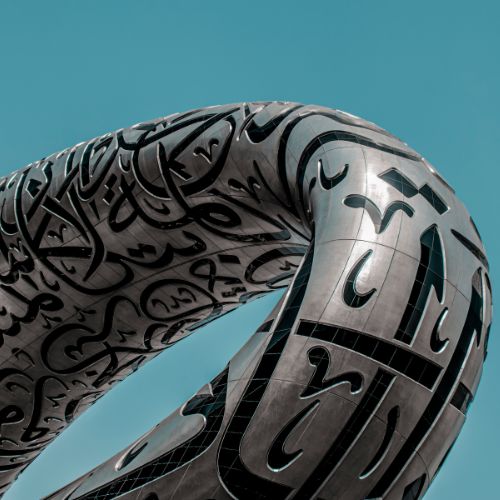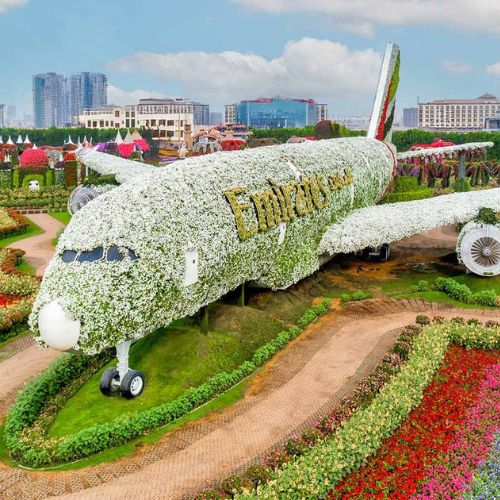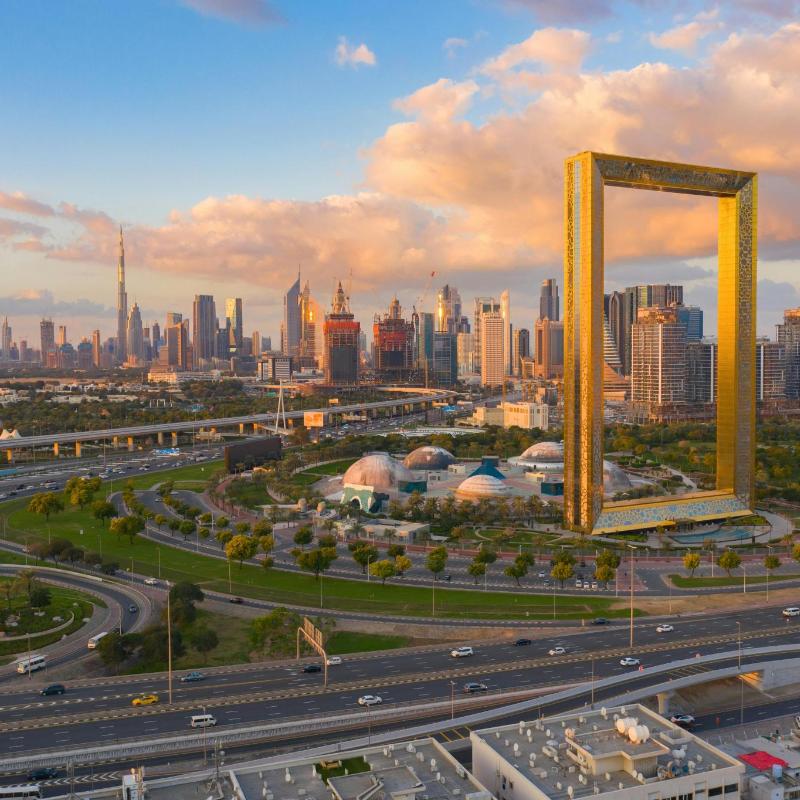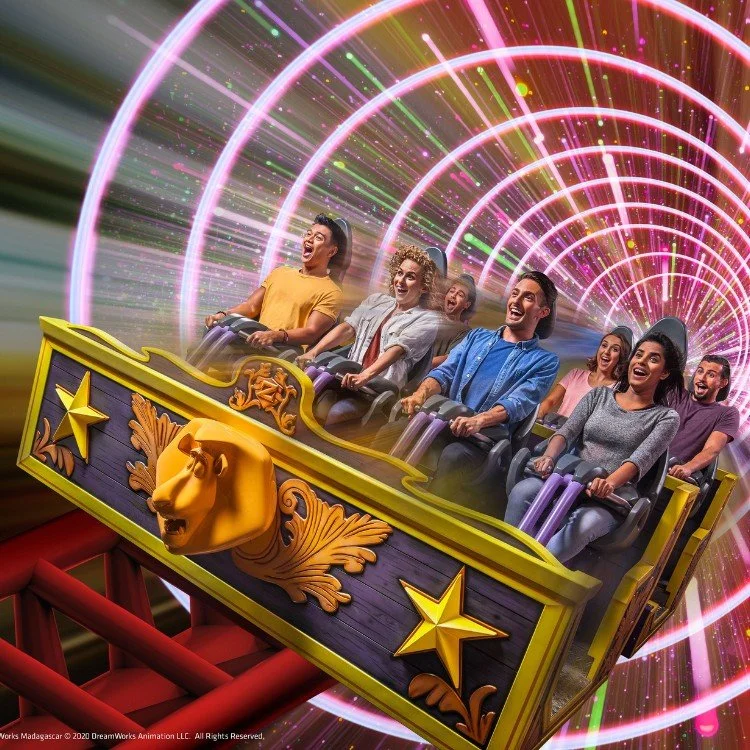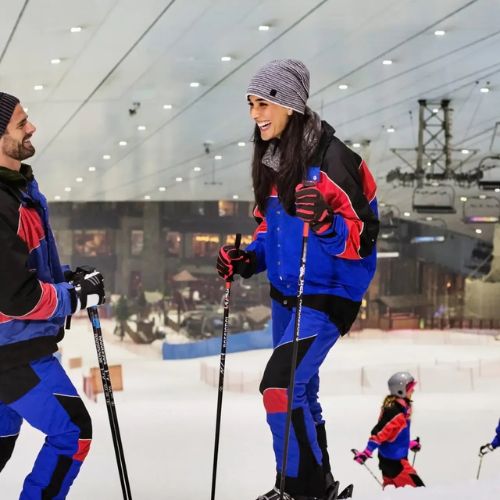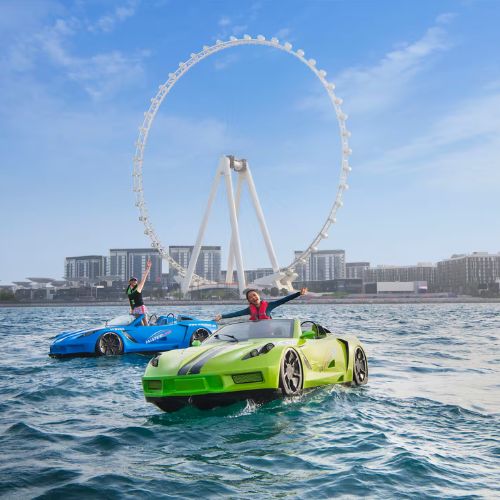How did a simple fishing village become a luxury metropolis? The story of Dubai tells of an incredible metamorphosis, from the first fishermen's huts to today's futuristic city. Hang on as we take you back in time to explore this unique evolution.
From shrewd economic strategies to architecture-defying construction, each step reveals bold choices. Get ready to discover how the development of Dubai has written one of the most surprising pages of modern urbanism!
From modest beginnings to the merchant city
Archaeological traces and primary activities
The history of Dubai begins much earlier than you might think! Did you know that the first signs of life in the region date back to 3000 BC? Imagine 5,000-year-old remains hidden beneath the sands of the Gulf, evidence of trade that was already intense.
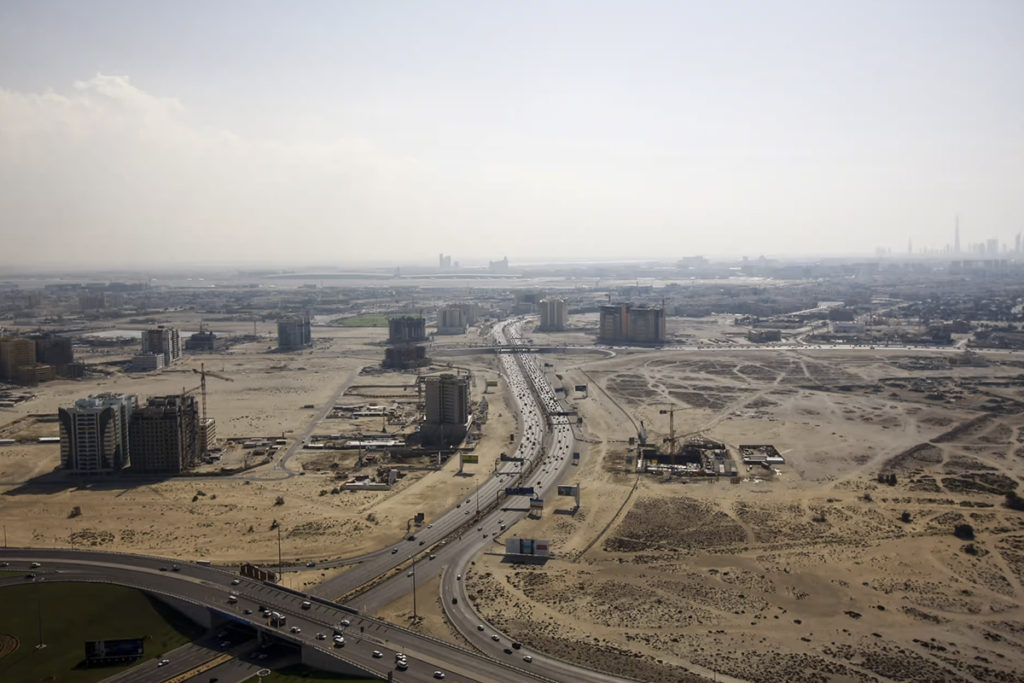
Let's retrace the milestones that shaped Dubai's identity before the 19th century:
- Ancient civilizations: as early as 3000 BC, the region was already attracting populations with a metallurgical center dating back to the Iron Age, proof that the country played a central role in trade across the Gulf.
- Fishing village dubai: far from today's skyscrapers, Dubai relied mainly on its inhabitants for fishing and pearl diving, a vital activity for these communities in the Arab world.
- Dubai Creek: since the early 20th century, this natural harbor has welcomed ships from Oman, India and Africa. A strategic crossroads that made the Emirates rich long before oil.
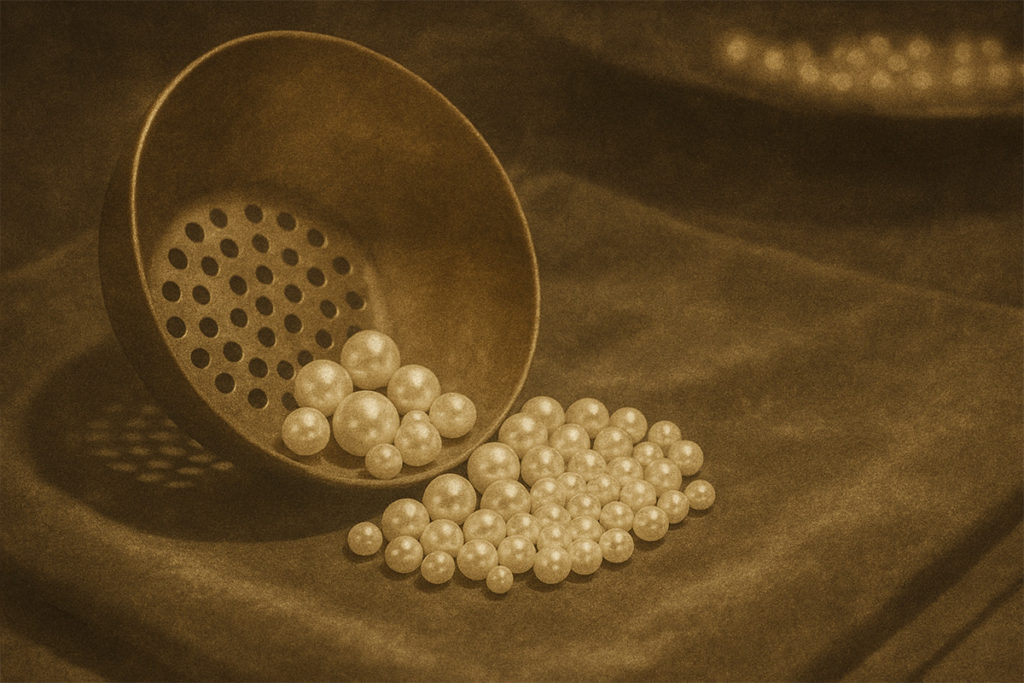
These deep roots partly explain how this fishing village became an economic powerhouse in the Arab world.
Visionary business strategies
But how did Dubai establish itself as the commercial hub of the Gulf? The answer lies in one name: Sheikh Saeed Al Maktoum. As early as 1894, this ruler abolished taxes and customs, attracting merchants and foreigners alike. It was a bold move that paid off, transforming the emirate into a regional hub long before its neighbors.
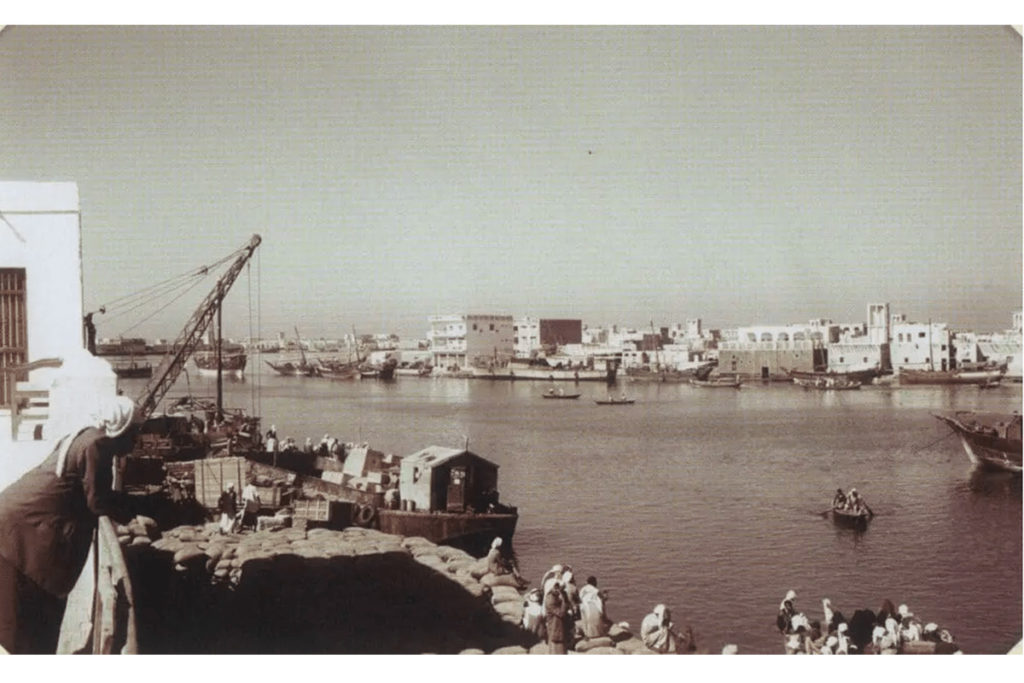
By the 1900s, the port of Dubai Creek had become the economic lungs of the Emirates. Up to 800 dhows loaded up with spices, dates and fabrics, linking the Arab world with Africa and Asia. A legacy still visible today in the historic district of Abu Dhabi.
When oil reshapes a country
1966: the year everything changed
Did you know that before the 1960s, Dubai looked like many other Gulf ports? That all changed in 1966 with the discovery of black gold. This event propelled the emirate onto the world stage, permanently changing its economy and urban face. But in concrete terms, what did it change for the inhabitants and the region?
| Period | Event/Key sector | Contribution to GDP (%) |
|---|---|---|
| Before the 1960s | Trade, fishing, pearl harvesting | Main economic sector |
| 1894 | Sheikh Saeed Al Maktoum's tax exemption policy | Boosting regional trade |
| 1960s | Oil discovery | Major economic transformation |
| Early 2000s | Oil | Approx. 20%. |
| 2008 | Non-oil sectors (tourism, real estate, finance) | 63% |
| 2019 | Hydrocarbons | 5% |
Did you know? In just 60 years, the United Arab Emirates has gone from a subsistence economy to a diversified model that is a benchmark in the Arab world.
Anticipation as a strategy
As early as the 1980s, Dubai's sheikhs were sniffing the wind. Their secret? Massive investment in infrastructure. The Jebel Ali port became the country's economic lung, later replaced by an ultra-modern airport. It was this vision that enabled the Emirates to become one of the Gulf's leading economies. Today, the "D33" plan aims to make Dubai one of the three most attractive cities in the world by 2033. A daring gamble for this small Gulf state, but one that is already beginning to bear fruit on a regional scale.
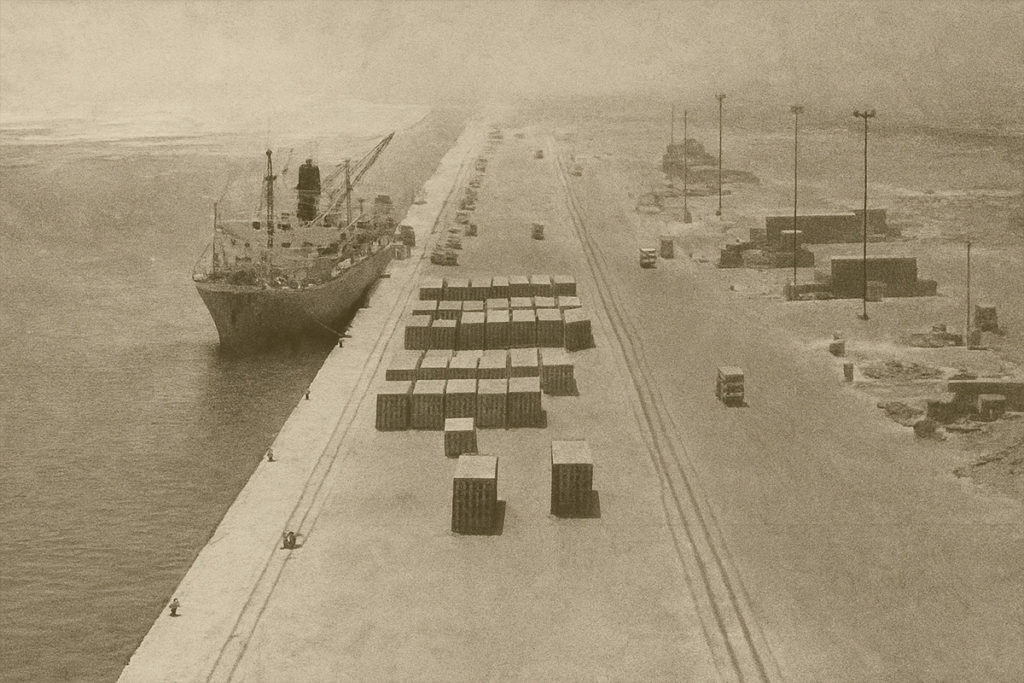
At last, a winning strategy! While other Arab countries remained dependent on oil, Emirati leaders bet on tourism and new technologies. The result: today, almost 90% of the working population comes from abroad, attracted by pharaonic projects financed to the tune of billions of dollars. Enough to give ideas to their Omani neighbors...
Symbols of urban metamorphosis
International ports and airports
Dubai Creek, the historic cradle of maritime trade, tells the story of the Emirates' transformation. Did you know that this modest 19th-century pearling port already foreshadowed the city's global ambitions? Today, Jebel Ali's ultramodern terminals welcome cargoes from all over the world. Quite a paradox for a country where 80% of the population is foreign!
Urban icons and world records
Let's take a look at how the Arab Emirates have built their reputation on titanic projects. Take the Burj Khalifa Tower: its construction mobilized up to 12,000 workers, mainly foreigners. At 828 meters, it symbolizes the race towards the future that is driving the region. Average price per m²? Around AED 30,000 - enough to make you dizzy!
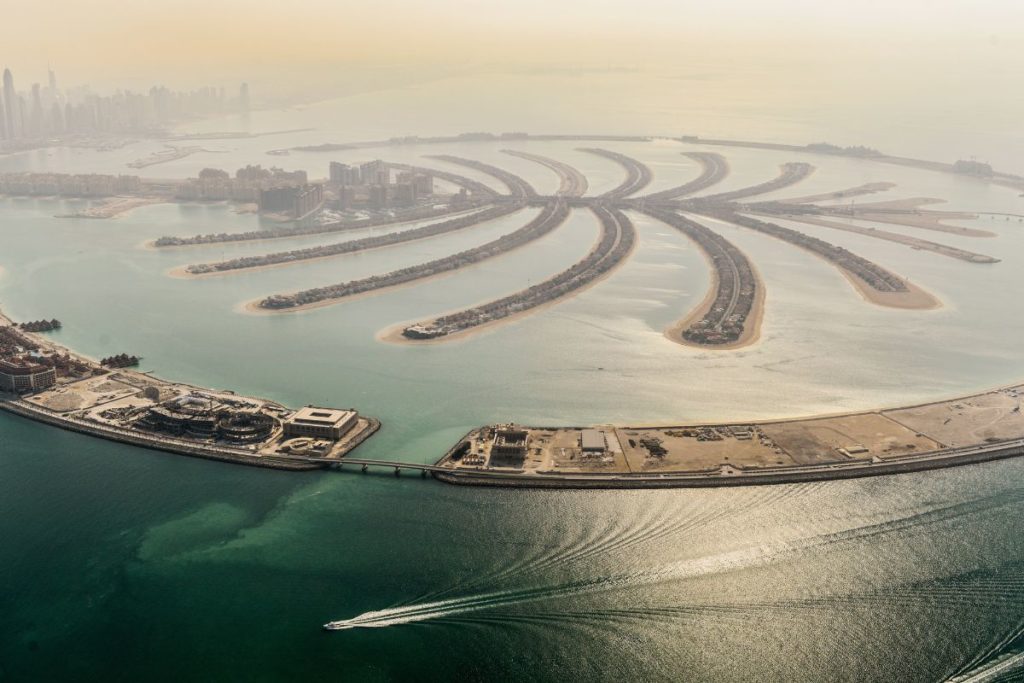
- Palm Jumeirah: this palm-shaped island required 94 million m³ of sand. A technical feat that now attracts celebrities from all over the world. Did you know that its construction lowered the local sea level by 5 mm?
- Eywa: Abu Dhabi's new eco-neighborhood relies on natural shade - a crucial innovation in a country where the mercury soars above 45°C in summer. Developers are counting on 12,000 residents by 2030.
- Dubai Marina: its 3 km canal runs alongside 200 glass-clad towers. A science-fiction setting where Saudi investors, European expats and Pakistani workers rub shoulders. The local population? 90% foreigners, as in the rest of the Emirate.
These flagship projects, financed by billions of oil dollars, are redrawing the map of the Gulf. The country is banking on tourism and real estate to prepare for the post-oil era. A major challenge remains: creating a lasting national identity in this society of foreigners...
From desert city to modern city
Exponential growth in tourism
Dubai has undergone an impressive metamorphosis, transforming itself from a simple trading post to the world's leading luxury destination. Did you know that the emirate is now one of the most sought-after destinations in the Arab world? It all began in the 2000s with a bold strategy: attracting attention with pharaonic projects. The port of Jebel Ali, the largest in the Gulf, and the international airport became the pillars of this expansion.
The figures speak for themselves: while there were 6 million visitors to the Emirates in 2005, this figure jumped to 9 million by 2008. But that's just the beginning! In 2019, before the pandemic, Dubai alone welcomed 16.73 million foreigners. A performance that puts the city ahead of historic capitals such as Rome and Bangkok. Not bad for a country whose economy was based on pearls barely half a century ago...
Behind this success lies a little-known reality: almost 90% of the local population is made up of expatriates. This melting pot is unique in the world and contributes to the region's dynamism. Colossal investments - in the billions of dollars - in high-end hotels and iconic monuments (Burj Khalifa, Palm Islands) have done the rest.
The key role of managers
Enlightened leadership from the ruling family
Since the early 19th century, the Al Maktoum family has shaped Dubai's destiny, gradually transforming this small fishing port into the hub of the Arab world. But which decisions really marked a turning point? The sheikhs realized early on that oil reserves would not be enough to build a prosperous country. As a result, they set about building a diversified economy, attracting capital and talent from all over the Gulf. Did you know that it all began in 1833 with Sheikh Maktoum bin Butti? This visionary laid the foundations for what would become one of the region's seven most influential emirates.
Today, the results speak for themselves: Dubai alone accounts for a significant share of the United Arab Emirates' GDP. This success can be explained by a clear strategy - diversify at all costs. Tourism, finance, real estate... Pharaonic projects are multiplying to position the emirate as an essential crossroads between East and West. Proof that even without unlimited natural resources, a country can shine on a global scale when its governance anticipates the future.
Balancing growth and sustainability
Managing water and energy resources
Dubai's impressive growth raises crucial environmental issues, especially when it comes to water and energy. How is the United Arab Emirates meeting this challenge in a world of dwindling resources? The emirate is banking on the Dubai Clean Energy Strategy 2050. The aim is to cover 75% of the city's green energy needs within three decades. At the heart of this strategy, the Mohammed bin Rashid Al Maktoum Solar Park is a flagship project. With 5,000 MW planned for 2030 and AED 50 billion invested, it symbolizes the ambition of Gulf countries to diversify their economies.
It should be noted that this energy transition is taking place in a specific regional context.
Ambitions for the 21st century
Expo 2020 and strategy 2040
Dubai at the heart of the Emirates: what course for this century? Expo 2020 gave the city a boost, but the 2040 strategy is aiming even higher: to become "The best place in the World" by creating lively neighborhoods and increasing the number of parks. Did you know that the Gulf States are all following this race to the future? Here, we're talking aboutattracting more foreigners, greening Abu Dhabi and Dubai, and reshaping the regional economy. A daunting challenge for the local sheikhs, but one that could well inspire the entire Arab world. It remains to be seen how these flagship projects will transform the daily lives of local residents...
The story of Dubai tells how a bold vision took shape, from modest fishing villages to today's incredible metropolis. Dubai, in particular, has succeeded in transforming black gold into a springboard to become a global symbol of progress. Ready to embark? This city in the Arab emirates promises much more than just a trip: it's a tangible plunge into what the future has in store for us!
